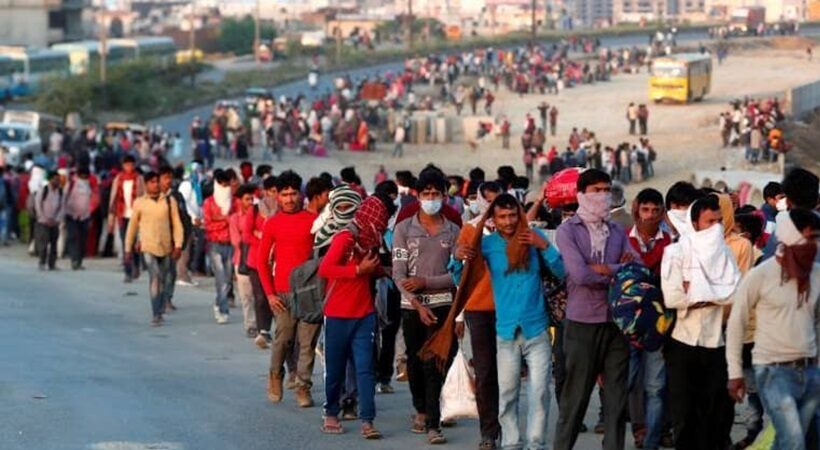The latest report of International Labour Organization (ILO) stated that in 2019, migrant workers made up one in 20 of the world’s workforce. They carried out essential functions in sectors like healthcare, transportation and food processing.
“We have seen that in a number of regions migrant workers represent a sizeable share of the workforce; they are contributing of course to the economies and societies of their host countries, but also to their home countries through remittances,” said Manuela Tomei, Director of the ILO Conditions of Work and Equality Department,” was quoted as saying.
Read More: What Is New TDS Rule And How Does It Affect NRIs?
The UN body said that many of these migrant workers face uncertainty at their workplace. The pandemic has made the situation worse in recent days. They are often exposed to bad working conditions, insecurity and layoffs because the only opportunities they find are “temporary, informal or unprotected jobs”, ILO said.
“The COVID-19 crisis has intensified these vulnerabilities, particularly for women migrant workers, as they are over-represented in low-paid and low-skilled jobs and have limited access to social protection and fewer options for support services,” the ILO study, which is based on data from 189 countries, stated.
Men comprise 58 per cent of the workforce, that is 99 million compared to 70 million women. Most of them secure jobs in service industries, followed by manufacturing, which employs nearly two in three migrants. Seven per cent of foreign workers are engaged in farming work.
As per the report, over two in three migrant workers are concentrated in high-income countries — 63.8 million in Europe and Central Asia and 43.3 million in the Americas.
While Africa hosts 13.7 million migrant workers, the Arab States, Asia and the Pacific each have about 24 million migrant workers.
There is an increased share of 15 to 24-year-old workers, reflecting how there is a high unemployment rate in many developing countries.
While highlighting the value to countries of compiling reliable statistics on their migrant labour workforce, ILO said that this would help them “respond to shifts in labour supply and demand, stimulate innovation and sustainable development, and transfer and update skills”.



















